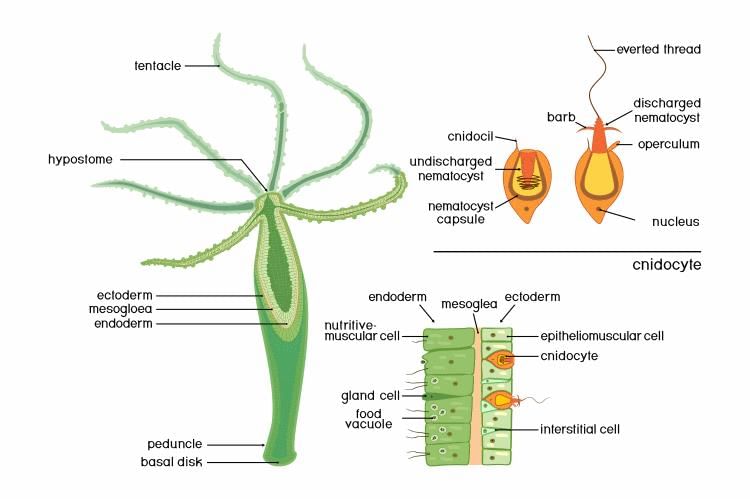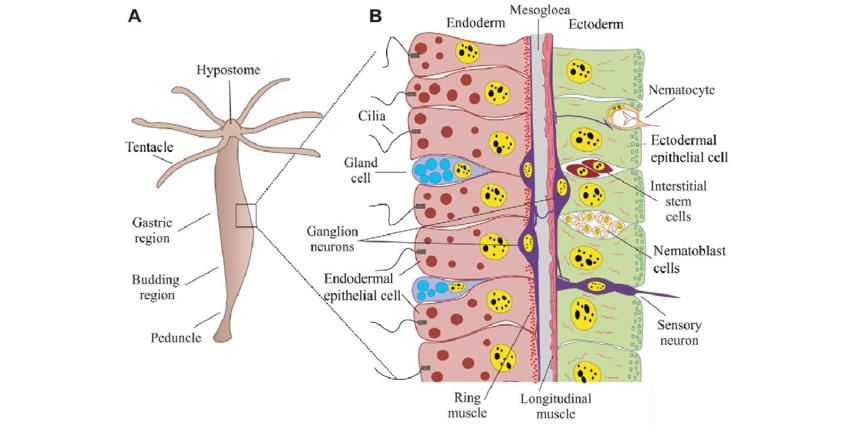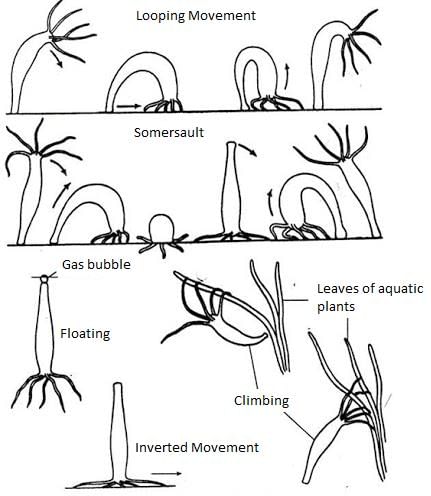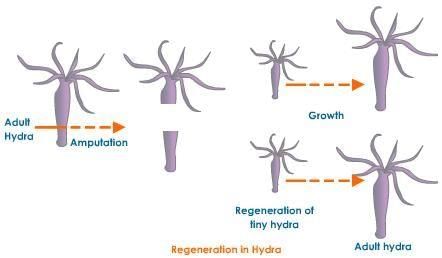NEET Exam > NEET Tests > Test: Hydra - 1 (Old NCERT) - NEET MCQ
Test: Hydra - 1 (Old NCERT) - NEET MCQ
Test Description
25 Questions MCQ Test - Test: Hydra - 1 (Old NCERT)
Test: Hydra - 1 (Old NCERT) for NEET 2024 is part of NEET preparation. The Test: Hydra - 1 (Old NCERT) questions and answers have been prepared
according to the NEET exam syllabus.The Test: Hydra - 1 (Old NCERT) MCQs are made for NEET 2024 Exam.
Find important definitions, questions, notes, meanings, examples, exercises, MCQs and online tests for Test: Hydra - 1 (Old NCERT) below.
Solutions of Test: Hydra - 1 (Old NCERT) questions in English are available as part of our course for NEET & Test: Hydra - 1 (Old NCERT) solutions in
Hindi for NEET course.
Download more important topics, notes, lectures and mock test series for NEET Exam by signing up for free. Attempt Test: Hydra - 1 (Old NCERT) | 25 questions in 30 minutes | Mock test for NEET preparation | Free important questions MCQ to study for NEET Exam | Download free PDF with solutions
Detailed Solution for Test: Hydra - 1 (Old NCERT) - Question 1
Detailed Solution for Test: Hydra - 1 (Old NCERT) - Question 2
| 1 Crore+ students have signed up on EduRev. Have you? Download the App |
Detailed Solution for Test: Hydra - 1 (Old NCERT) - Question 3
Detailed Solution for Test: Hydra - 1 (Old NCERT) - Question 4
Test: Hydra - 1 (Old NCERT) - Question 5
Which structures in Hydra correspond to the pseudopodia of Amoeba functionally? [CPMT–72,83]
Detailed Solution for Test: Hydra - 1 (Old NCERT) - Question 5
Detailed Solution for Test: Hydra - 1 (Old NCERT) - Question 6
Detailed Solution for Test: Hydra - 1 (Old NCERT) - Question 7
Detailed Solution for Test: Hydra - 1 (Old NCERT) - Question 8
Detailed Solution for Test: Hydra - 1 (Old NCERT) - Question 9
Detailed Solution for Test: Hydra - 1 (Old NCERT) - Question 10
Detailed Solution for Test: Hydra - 1 (Old NCERT) - Question 11
Detailed Solution for Test: Hydra - 1 (Old NCERT) - Question 12
Detailed Solution for Test: Hydra - 1 (Old NCERT) - Question 13
Detailed Solution for Test: Hydra - 1 (Old NCERT) - Question 14
Detailed Solution for Test: Hydra - 1 (Old NCERT) - Question 15
Test: Hydra - 1 (Old NCERT) - Question 16
Zoochlorellae in nutritive muscular cells of Hydra occurs as:
Detailed Solution for Test: Hydra - 1 (Old NCERT) - Question 16
Detailed Solution for Test: Hydra - 1 (Old NCERT) - Question 17
Detailed Solution for Test: Hydra - 1 (Old NCERT) - Question 18
Detailed Solution for Test: Hydra - 1 (Old NCERT) - Question 19
Detailed Solution for Test: Hydra - 1 (Old NCERT) - Question 20
Detailed Solution for Test: Hydra - 1 (Old NCERT) - Question 21
Test: Hydra - 1 (Old NCERT) - Question 22
If there were no nematocyst in Hydra what was most affected:
Detailed Solution for Test: Hydra - 1 (Old NCERT) - Question 22
Detailed Solution for Test: Hydra - 1 (Old NCERT) - Question 23
Detailed Solution for Test: Hydra - 1 (Old NCERT) - Question 24
Detailed Solution for Test: Hydra - 1 (Old NCERT) - Question 25
Information about Test: Hydra - 1 (Old NCERT) Page
In this test you can find the Exam questions for Test: Hydra - 1 (Old NCERT) solved & explained in the simplest way possible.
Besides giving Questions and answers for Test: Hydra - 1 (Old NCERT), EduRev gives you an ample number of Online tests for practice
Download as PDF






















